Herman Miller advances their ambition to use at least 50% of recycled plastic content by the end of the decade by expanding the collection of designs made with mismanaged waste diverted from rivers and oceans.

May 1st, 2023
Conceived by a renowned Swedish designer, Yves Béhar, Sayl’s geometric silhouette has long been synonymous with the robust engineering of San Francisco’s iconic Golden Gate Bridge. Even its name – a play on the word “sail” – honours the vessels passing beneath the landmark that influenced the chair’s original concept. And now, Herman Miller’s signature design is set to demonstrate an even stronger connection to its waterside inspiration as Sayl joins the collection of pieces made with Ocean-Bound Plastic (OBP).

As a founding member of the NextWave Plastics, a consortium set up to develop the first global network of ocean-bound plastic supply chains, Herman Miller first introduced the progressive material in 2021, with the re-release of the emblematic Aeron Chair. The company has since added other designs to the OBP product range, such as OE1 and the brand’s five proprietary textiles. This May, boasting up to 0.9 pounds of mismanaged plastic waste found near waterways, Sayl chair and stool are joining the ranks, and will be available to the design community across APAC.
The move is set to help Herman Miller divert an estimated 326 metric tons of plastic from the ocean in 2023 alone, highlighting the company’s unwavering commitment to sustainability, and the direction their progressive efforts are headed. “True innovation isn’t always about making new products,” says Gabe Wing, Director of Sustainability at MillerKnoll, a collective Herman Miller is a part of. “Oftentimes, it can be looking for ways to use new research, perspectives, and resources to improve what already exists. Our team is incredibly excited to continue to improve and introduce products that promote responsible use of Earth’s resources.”

The new incarnation of classic design certainly stays true to the environmental considerations that inspired Yves Béhar in the first place over a decade ago. Driven by the idea of ecological dematerialisation, the San Francisco-based designer set out to use as little material as possible, while creating a structurally stunning chair. In that sense, the introduction of ocean-bound plastic is – Béhar echoes Charles Eames – a continuation of the original design.
“The improvements continue to be made years and years after launch,” he says. “Sayl was designed from the start as a light, simple, and lower carbon footprint chair in the full-featured task chairs category. And now, years after its launch, I’m excited to see Sayl manufactured in recycled plastic diverted from rivers and oceans as the next step in bettering the design.”
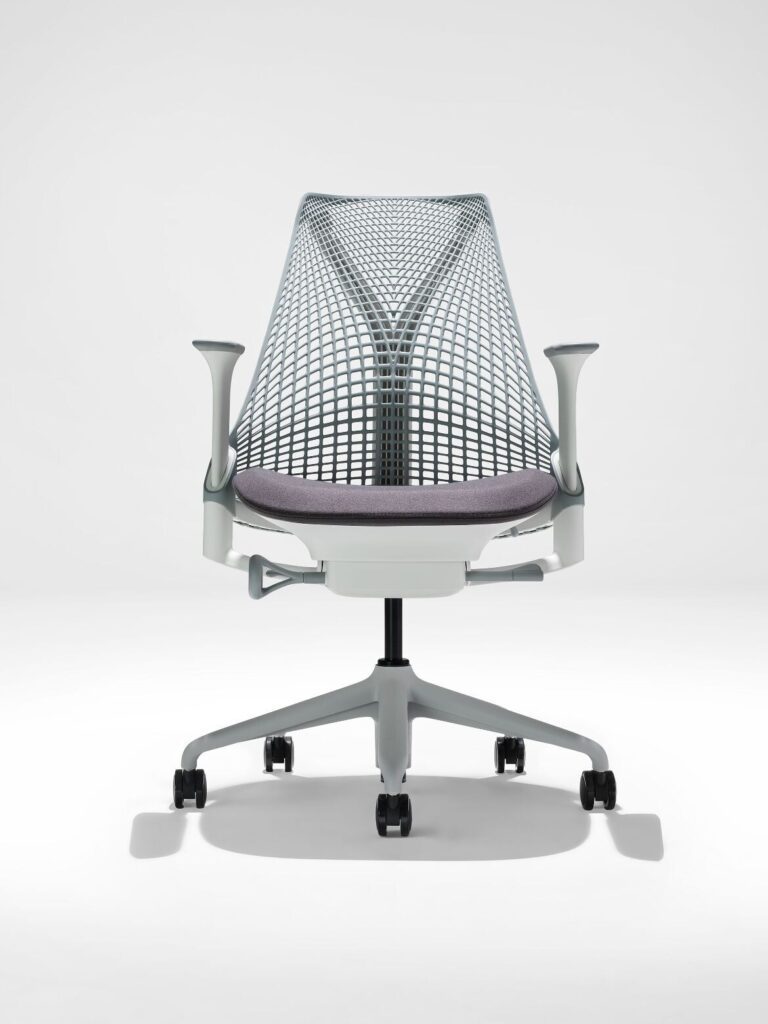

Sayl with ocean-bound plastic is available in the Asia-Pacific region this May, and will enable the local design community to participate in one of the world’s most committed ocean-bound plastic supply chain networks without compromising on comfort, ergonomics or the quintessential visual language delineating Herman Miller’s iconic products.
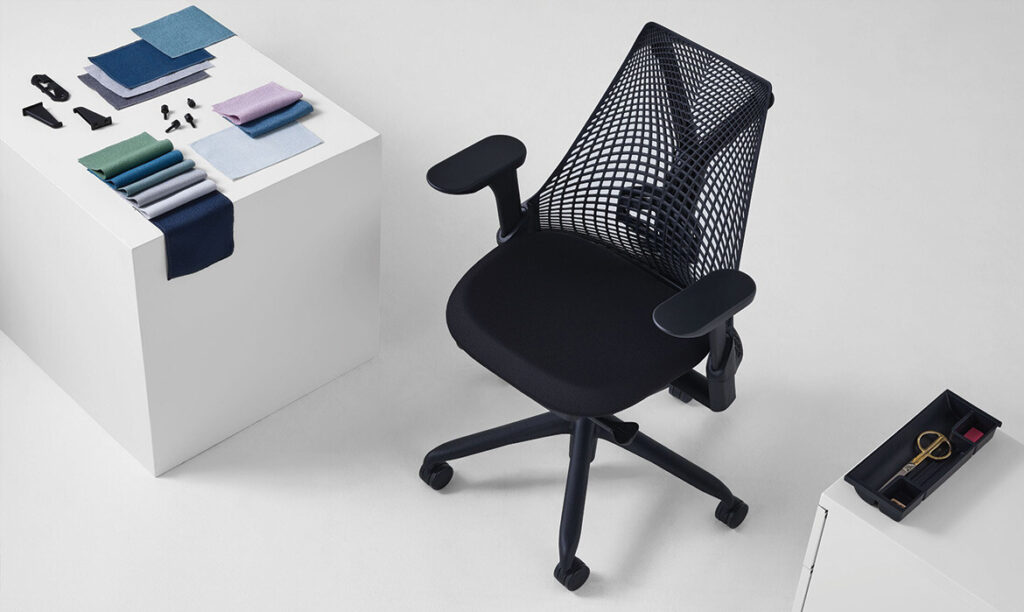
INDESIGN is on instagram
Follow @indesignlive
A searchable and comprehensive guide for specifying leading products and their suppliers
Keep up to date with the latest and greatest from our industry BFF's!
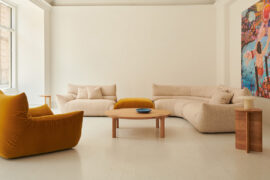
A curated exhibition in Frederiksstaden captures the spirit of Australian design

A longstanding partnership turns a historic city into a hub for emerging talent

For Aidan Mawhinney, the secret ingredient to Living Edge’s success “comes down to people, product and place.” As the brand celebrates a significant 25-year milestone, it’s that commitment to authentic, sustainable design – and the people behind it all – that continues to anchor its legacy.
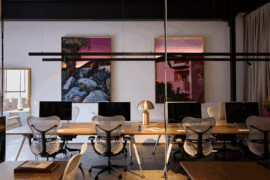
With a minimalist aesthetic and an inventive approach to product, ZETR is challenging the way electrical accessories are designed, made and experienced.
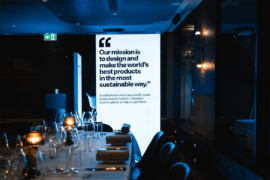
MillerKnoll reimagines the convention of dinner table interactions by plating up a future-forward menu of sustainable design conversation starters as part of the inspiring “Conversations for a Better World” event series.
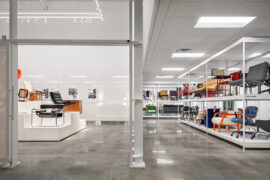
The undeniable thread connecting Herman Miller and Knoll’s design legacies across the decades now finds its profound physical embodiment at MillerKnoll’s new Design Yard Archives.
The internet never sleeps! Here's the stuff you might have missed
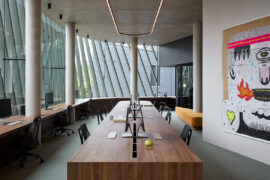
Smart Design Studio and Those Architects combine landmark and workplace in Bundarra, a Surry Hills gateway blending old and new.

‘The Mandate Mirage: 2025 Workplace Futures Survey’ is a new report by international design practice Hassell, revealing that the real drawcard for attracting employees to the office in-person is choice.